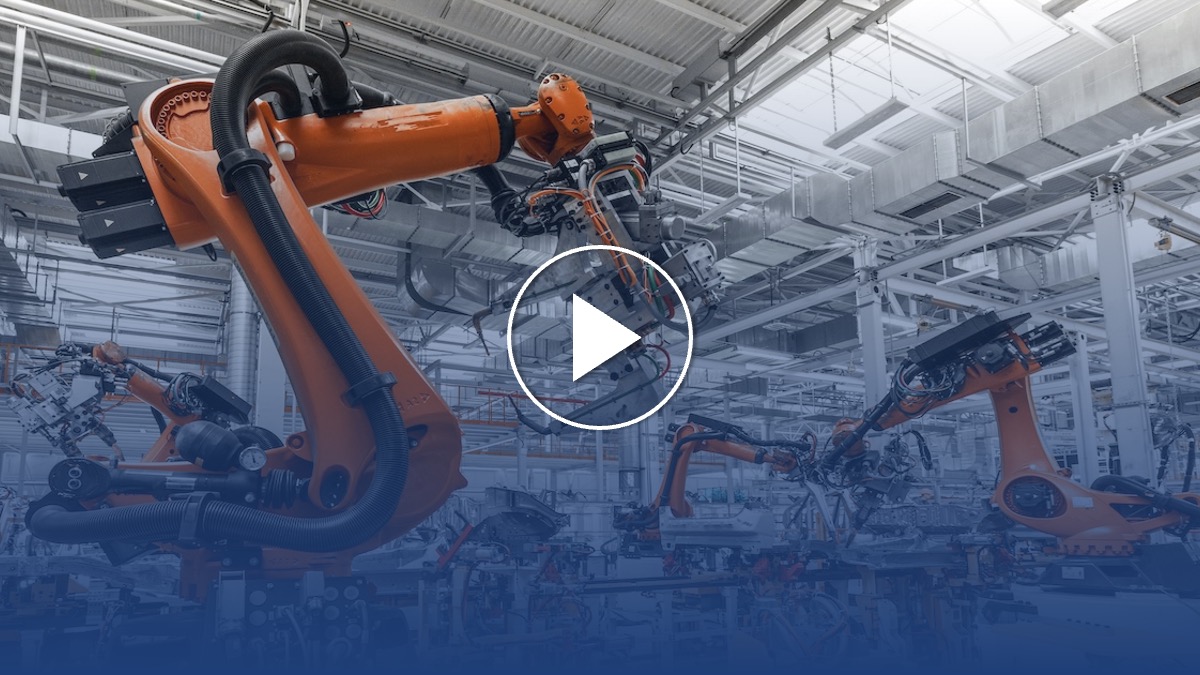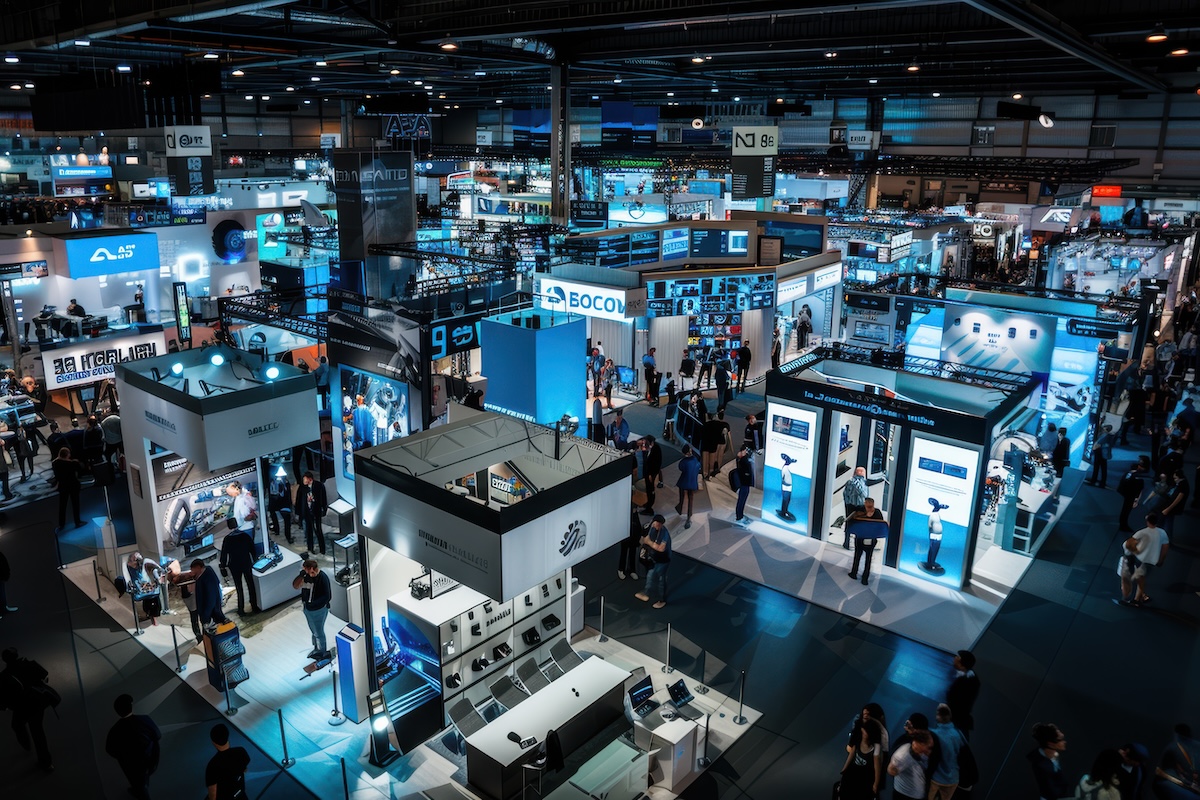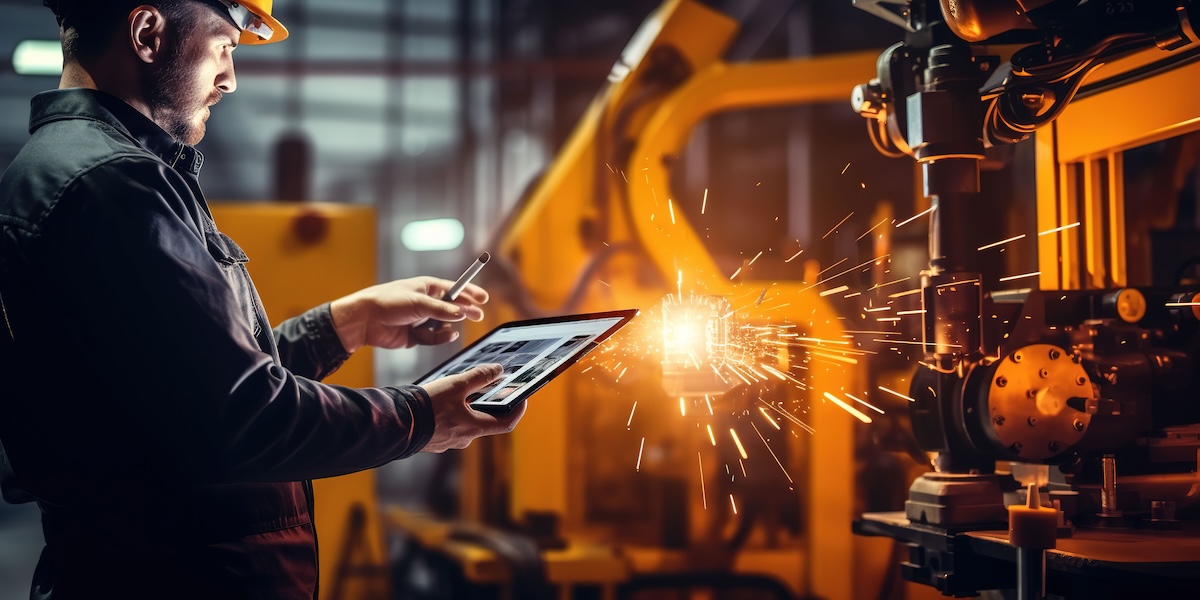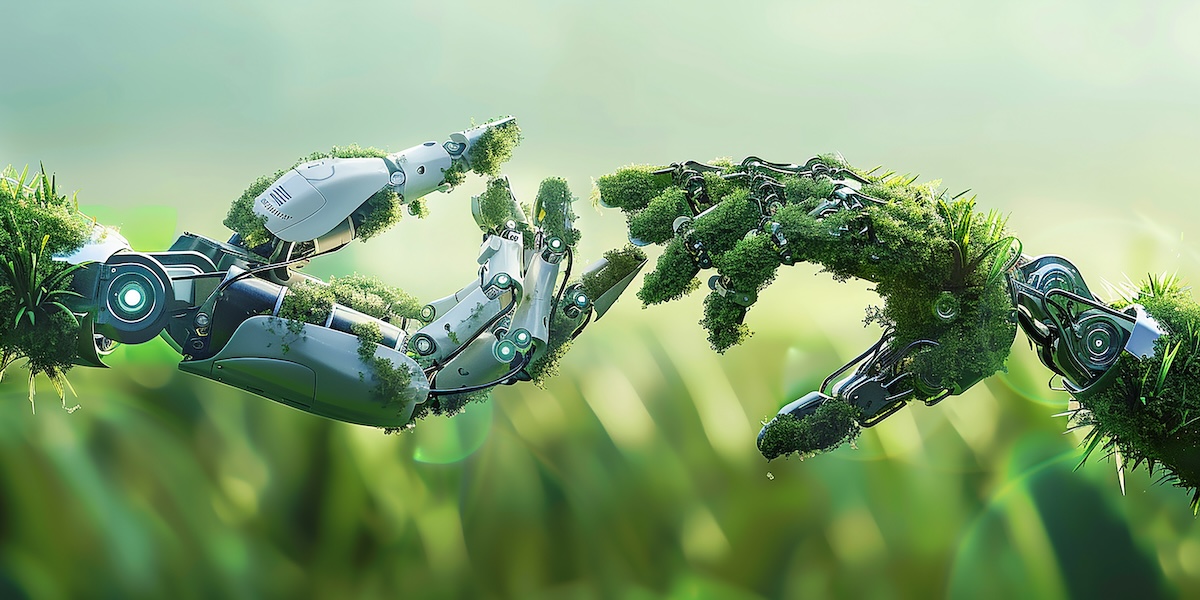Simplifying Robotics for Small and Medium-Sized Manufacturers with Olis Robotics
At IMTS 2024, Greg Orloff from IIoT World had the opportunity to sit down with Fredrik Rydén, CEO of Olis Robotics, to discuss the challenges small and medium-sized manufacturers face when adopting robotics and automation. Fredrik highlighted a common dilemma:
From start-ups to key players: joining forces for innovation at the SPS 2024
“Stuttgart, 3 September 2024. This year’s SPS – Smart Production Solutions, the end-of-year highlight of the automation industry calendar, will take place in Nuremberg from 12 – 14 November 2024. For more than three decades, this platform for international success has been frequented by
Revolutionizing Manufacturing: The Human-Centric Approach to Digital Transformation | SPONSORED
Industrial manufacturing is facing a crossroads. As demand grows and supply chains evolve, manufacturers are pressured to maintain high quality while adapting to rapid technological advancements. The solution? Digital transformation—but not in the way you might think. At the heart of
Enhancing Industrial IoT with Predictive Analytics | SPONSORED
Predictive analytics are revolutionizing how Industrial IoT (IIoT) businesses manage and maintain their equipment. Predictive maintenance, a key application of predictive analytics, is pivotal in preempting failures and enhancing operational efficiency. By leveraging advanced data pipelines and machine learning models,
How can supply chain attacks be mitigated?
To mitigate supply chain attacks, manufacturers can implement several strategies: Demand Software Bills of Materials (SBOMs) from vendors:SBOMs provide a list of components within software, similar to an ingredient list. By analyzing the SBOM, manufacturers can identify third-party software and
Supercharge Your Business with IIoT
An IIoT strategy offers numerous advantages for businesses across different sectors. These advantages can be grouped into several key areas: Increased Efficiency and Productivity: Automating manual operations with IIoT frees up skilled workers to concentrate on more strategic tasks, leading to
What skills do frontline workers need for low-code tools?
Frontline workers already use smartphones for various tasks such as banking and ride-hailing, demonstrating a widespread digital fluency that translates to using low-code tools. This familiarity with technology provides a solid foundation for adopting low-code platforms. Low-Code Tools Mirror Familiar Software Low-code platforms
OT’s Achilles Heel: Legacy Systems
Legacy Windows systems in Operational Technology (OT) environments present significant security challenges, but factory managers often face obstacles in modernizing these systems. Many OT systems rely on outdated platforms like Windows XP, which may no longer receive updates or support.
Hybrid Architecture for Time Series Data Pipelines
The ability to efficiently manage and analyze time series data is crucial in many sectors and industries. This article explores the development of a hybrid architecture designed to optimize the handling of such data, particularly from IIoT sources. By integrating
Grab Your Free Tickets Now for IIoT World’s Sustainability and AI Day – Limited Time Offer!
Join us ONLINE on September 10, 2024, for a deep dive into the intersection of sustainability and artificial intelligence at IIoT World’s Sustainability and Artificial Intelligence Day. This virtual event will feature live sessions that explore how AI is revolutionizing industrial
DDoS Attack Trends and Impact Mitigation Strategies for Businesses
A new report highlights the increasing threat of DDoS attacks for businesses across all industries. It emphasizes that while the telecommunications industry remains the most targeted sector, other industries are experiencing significant increases in attack frequency, duration, and size. This
Driving Product Success: The Role of Data Services in Technology Management
Infusing data services into product management technology gives the industry a new look through improved decision-making and product performance. Technology trends leading this evolution include generative artificial intelligence (GenAI), machine learning (ML), and automation. These technologies vastly improve the efficiency











